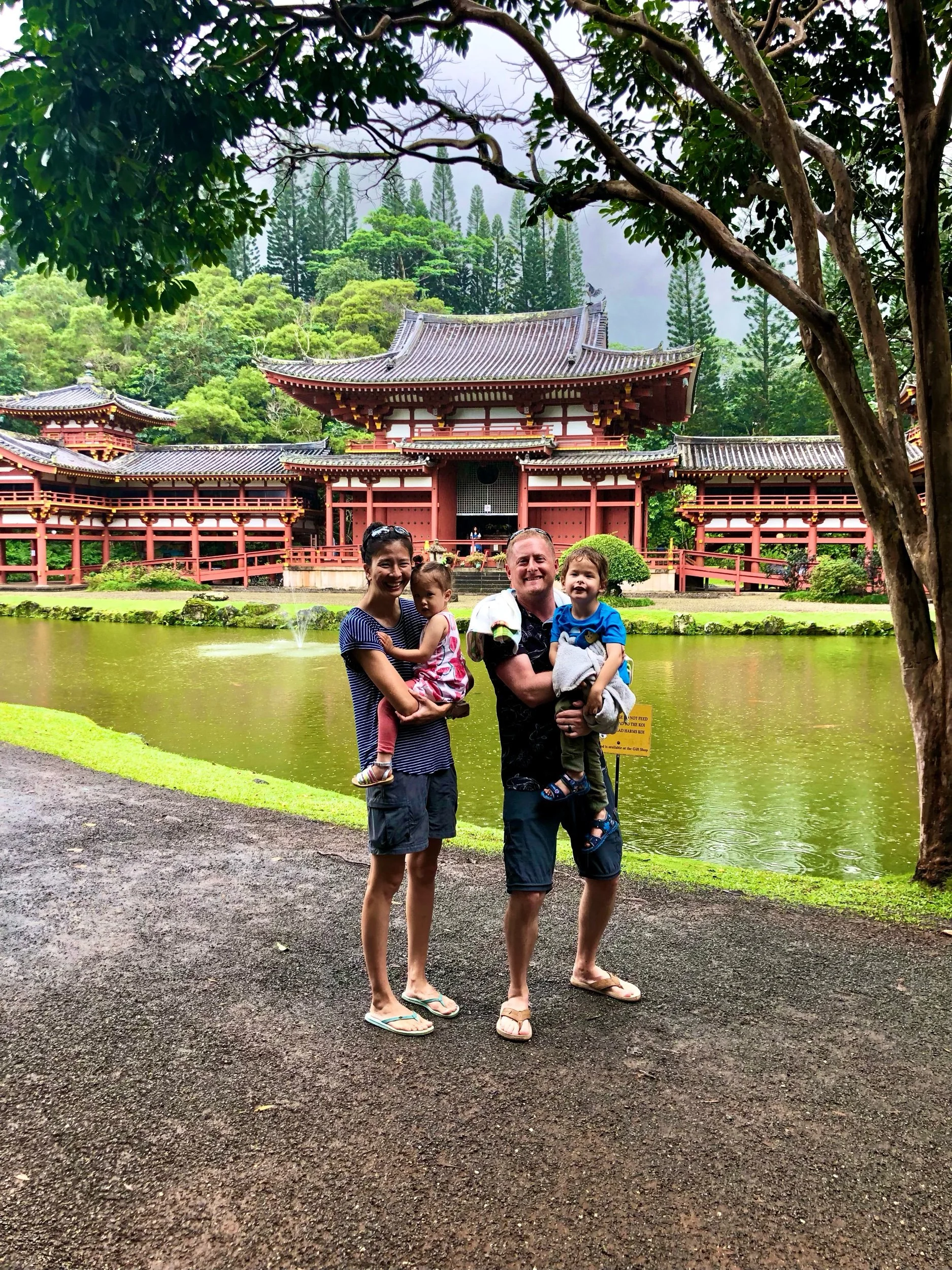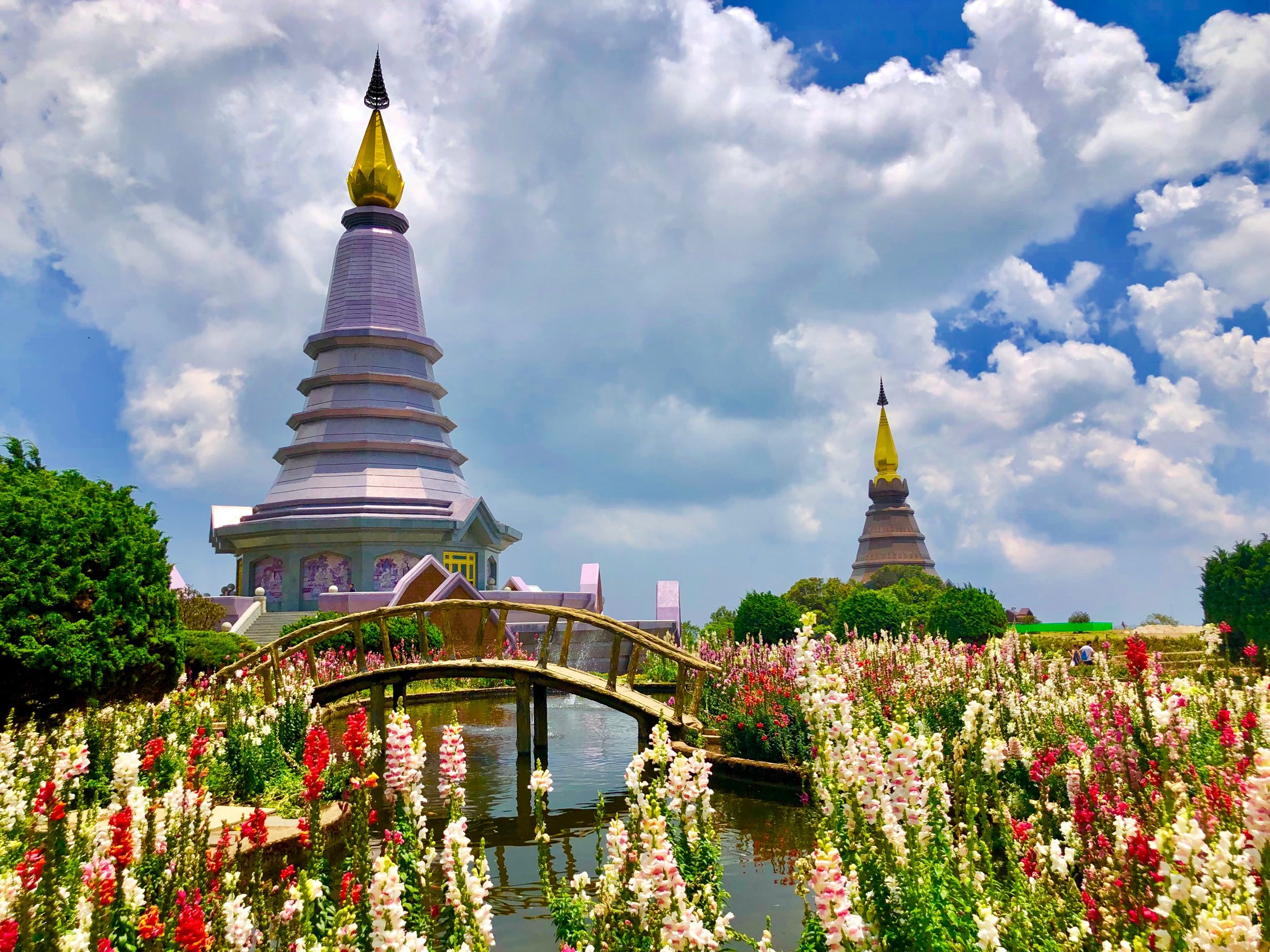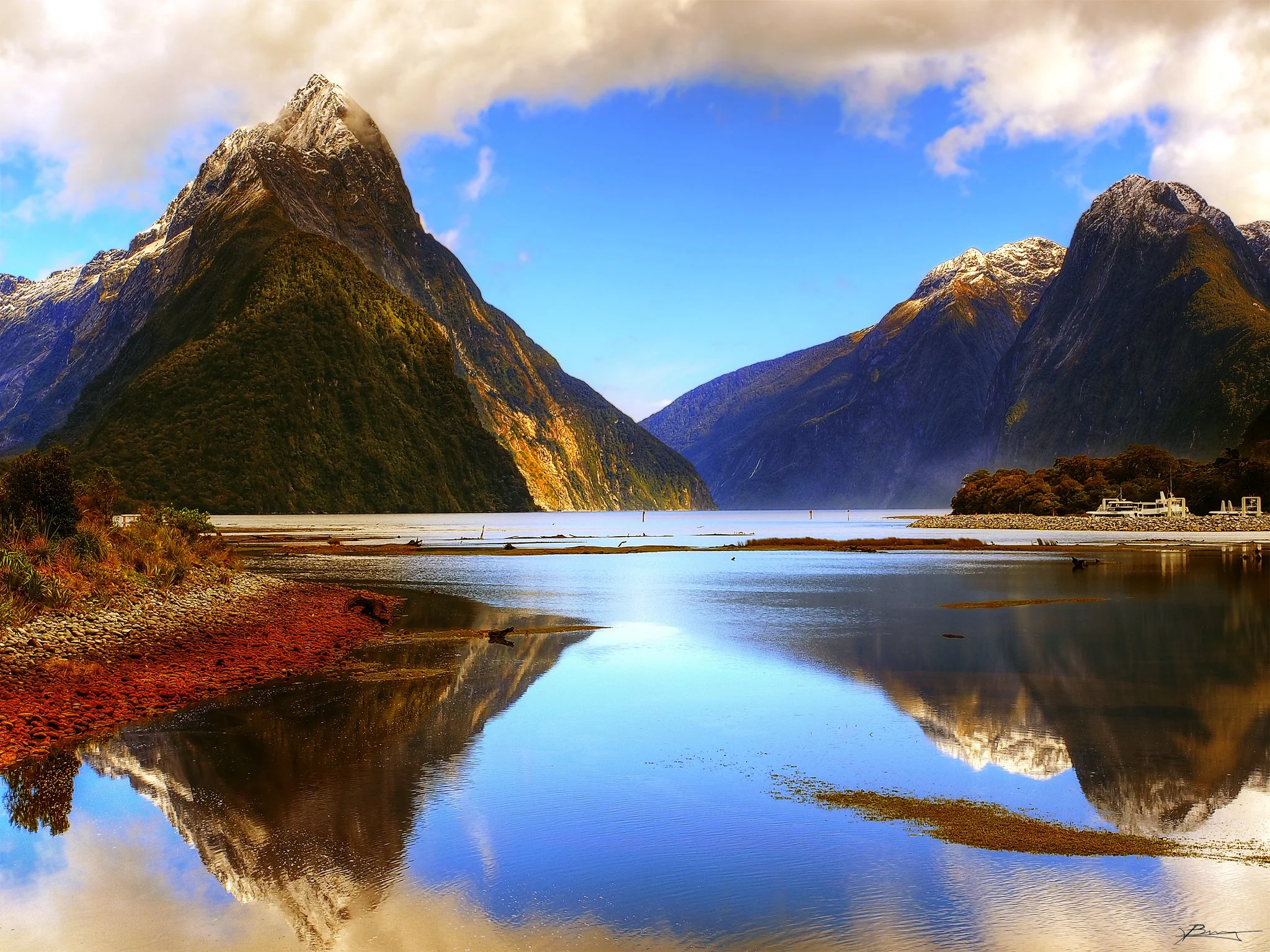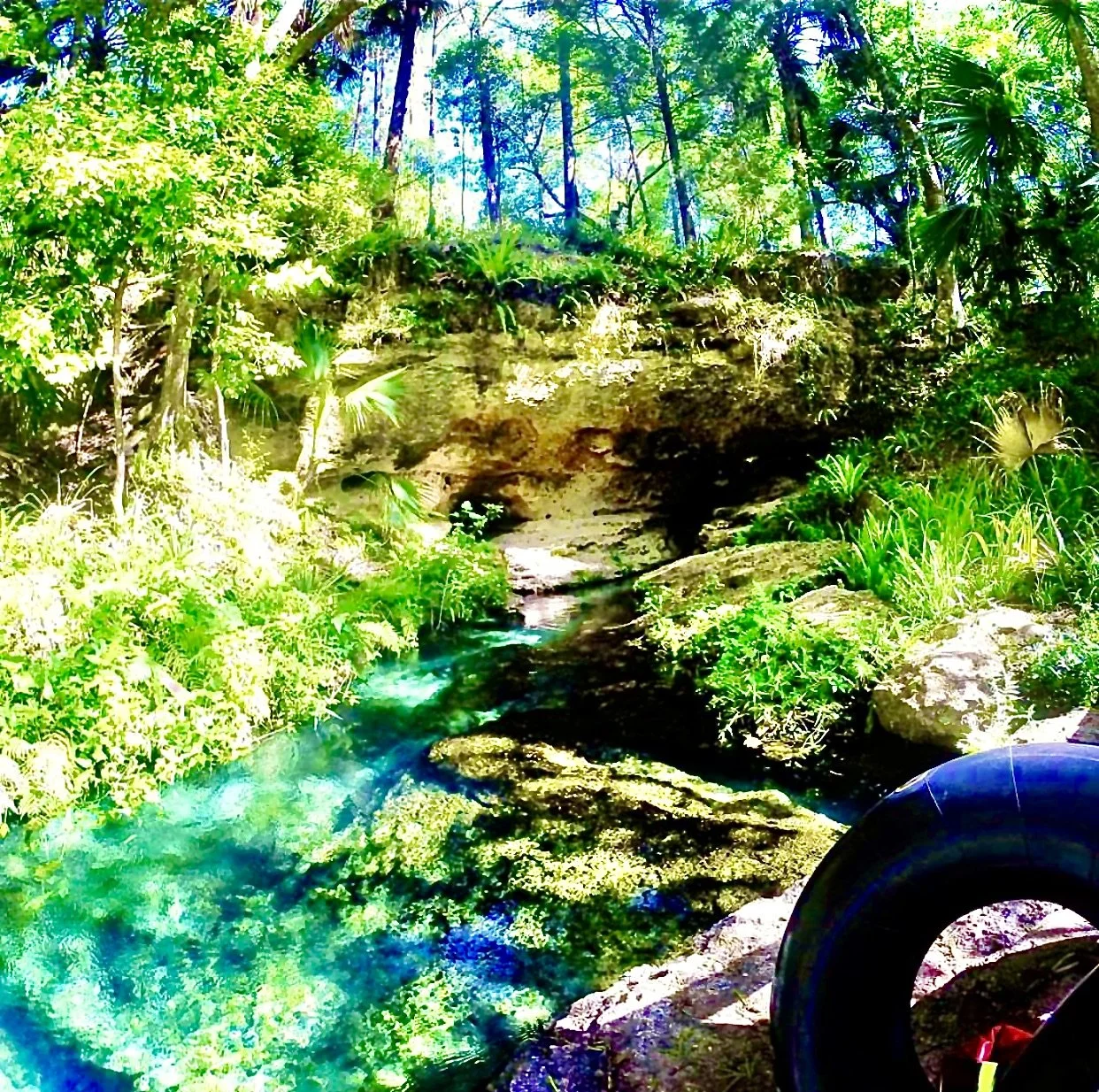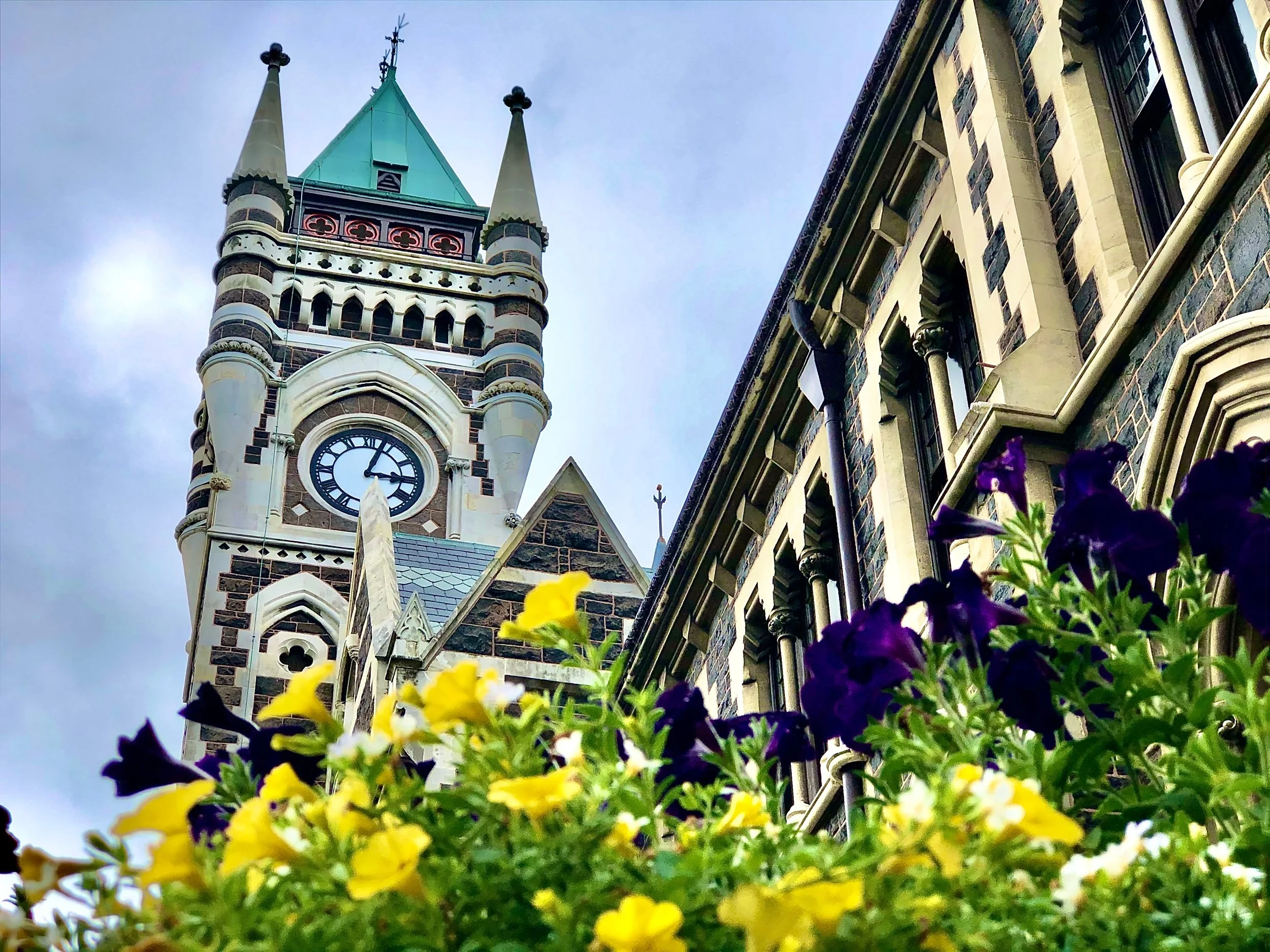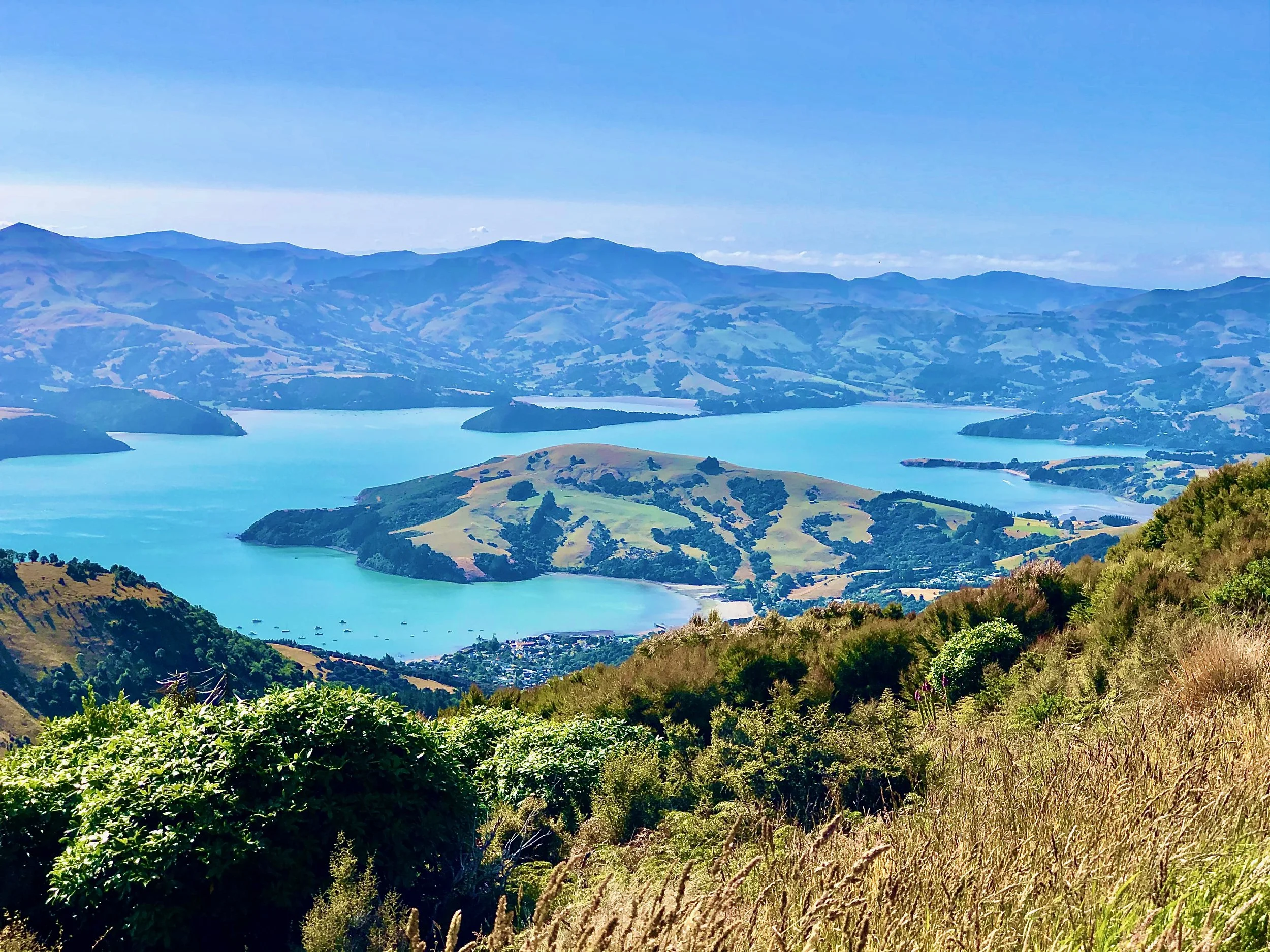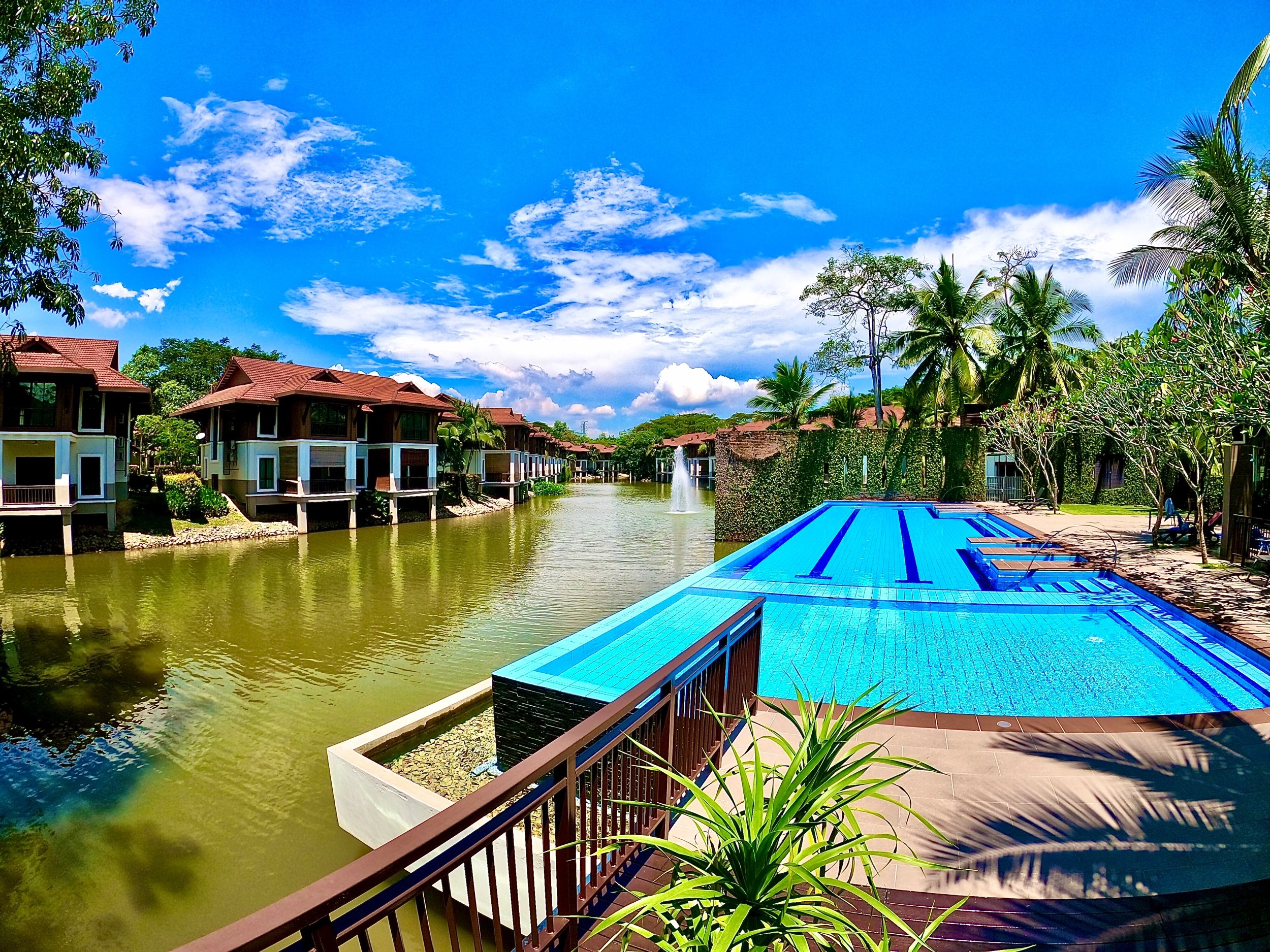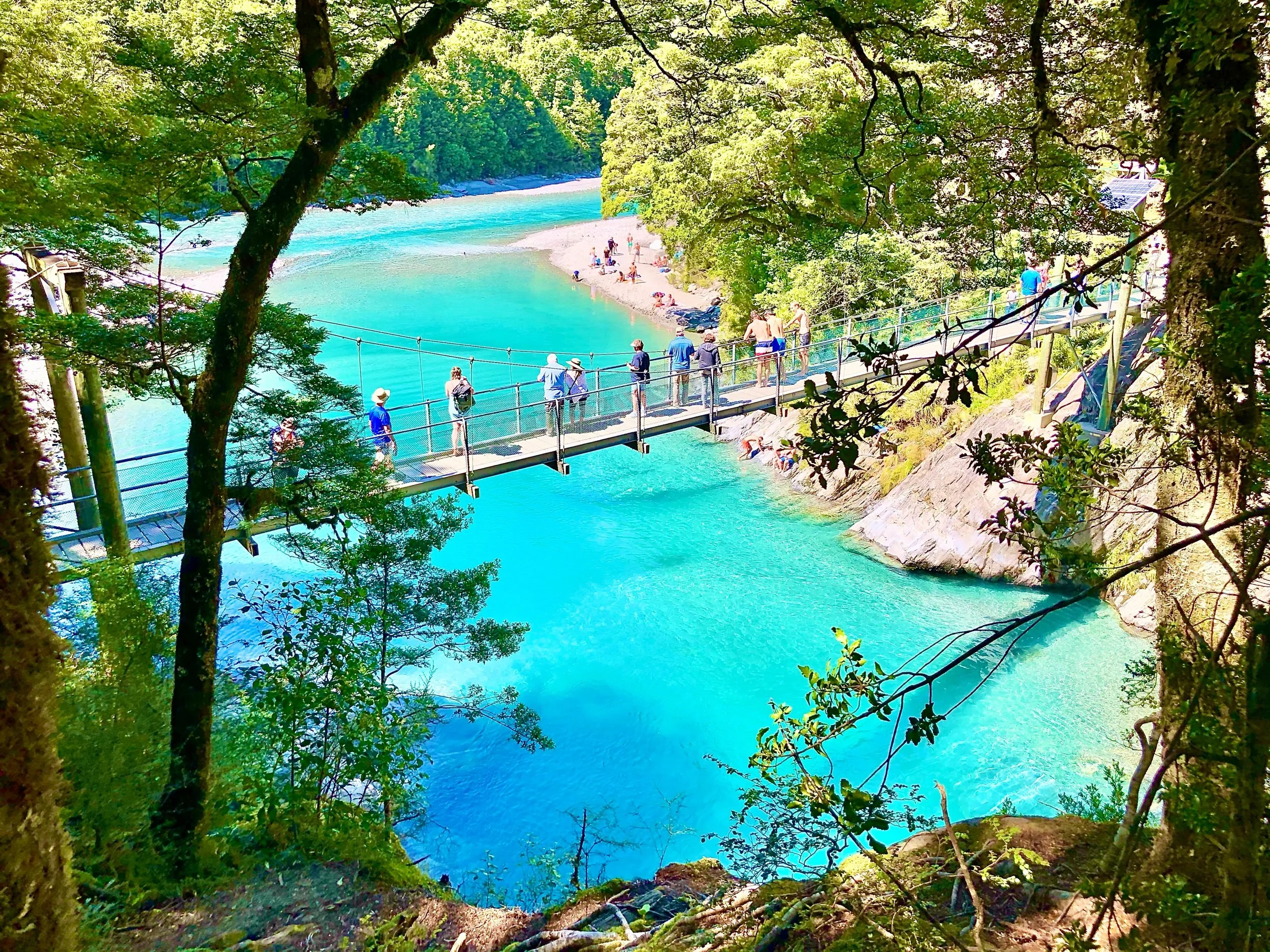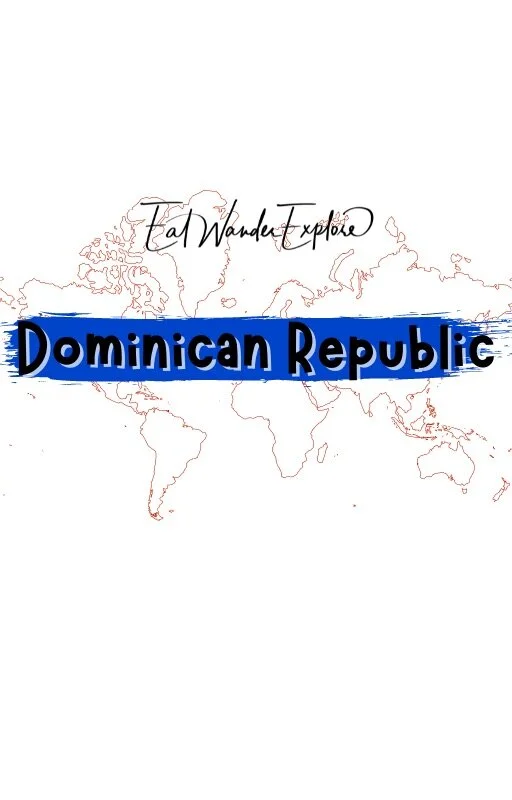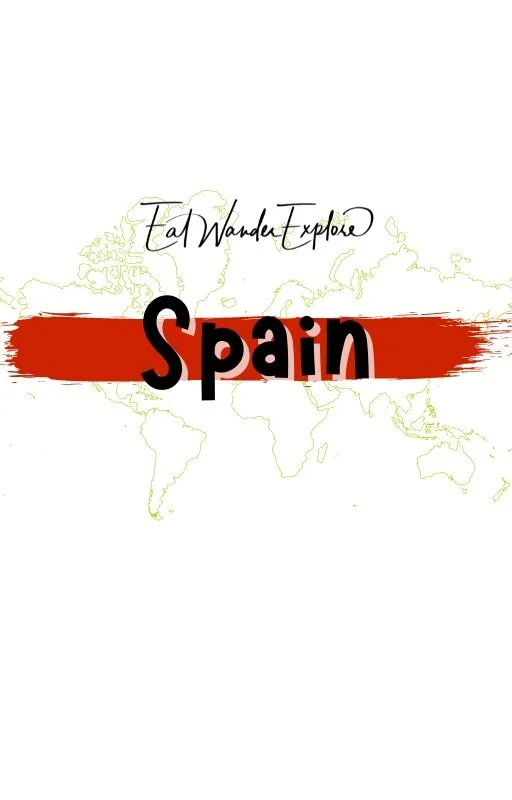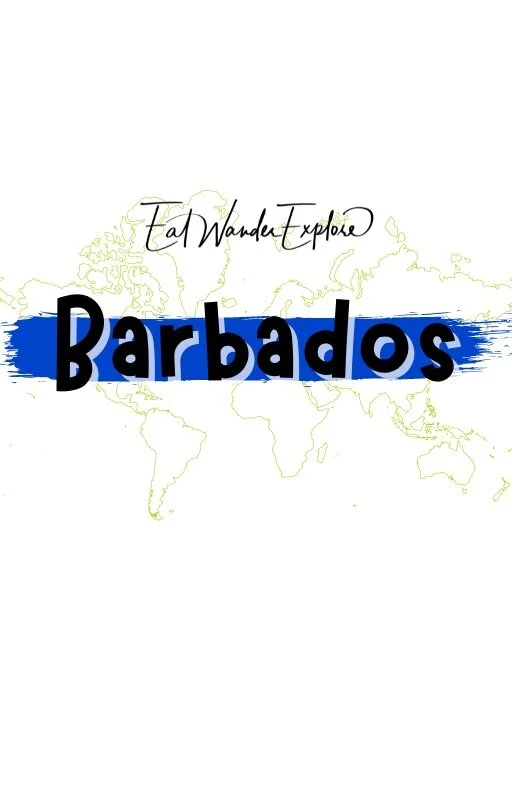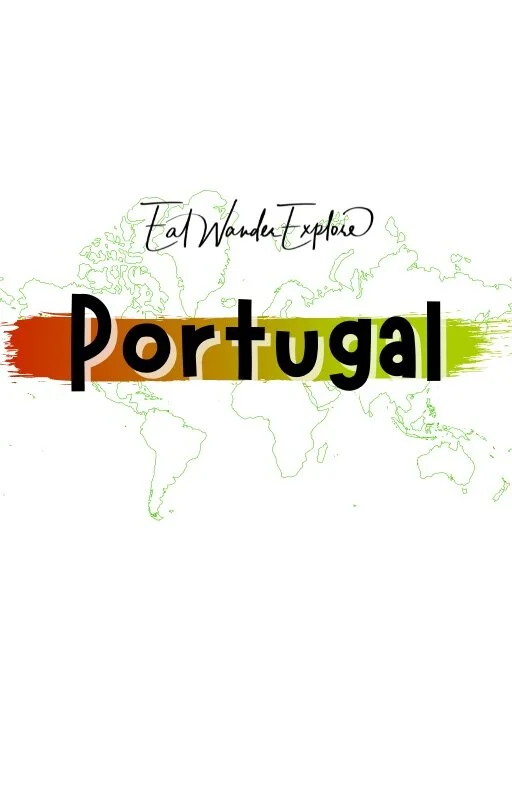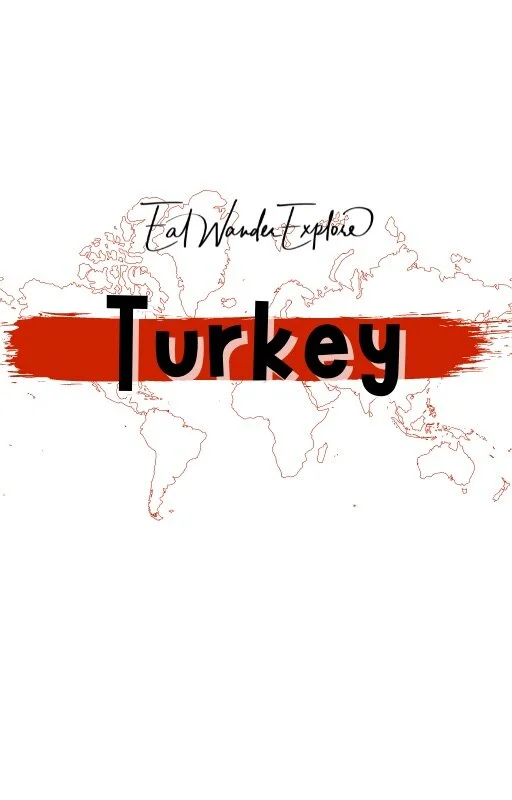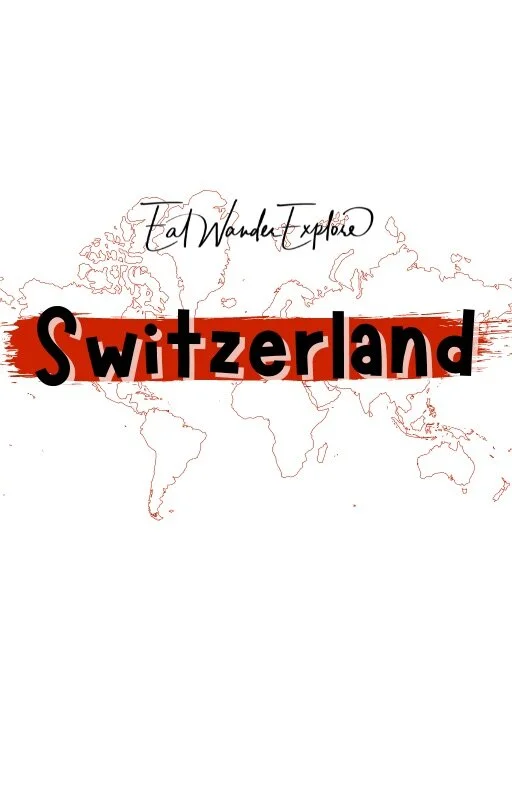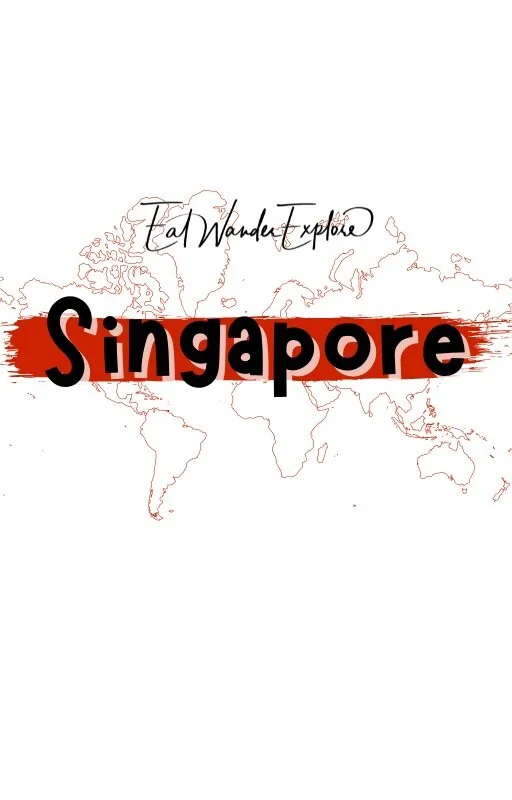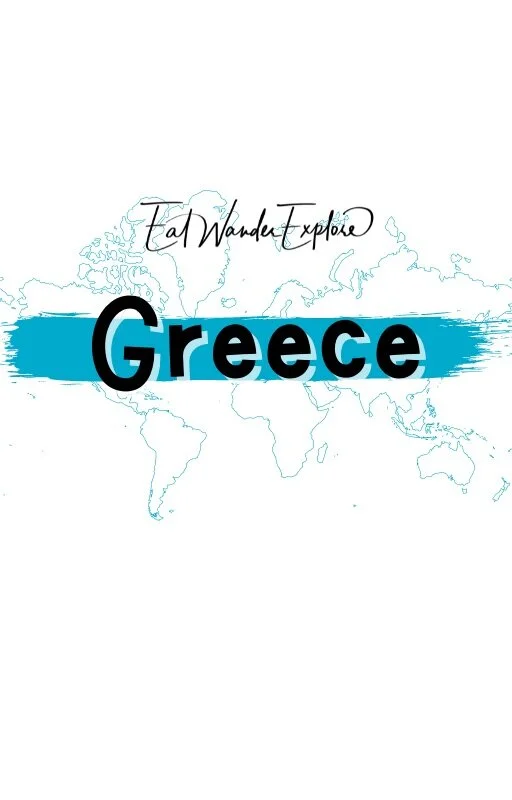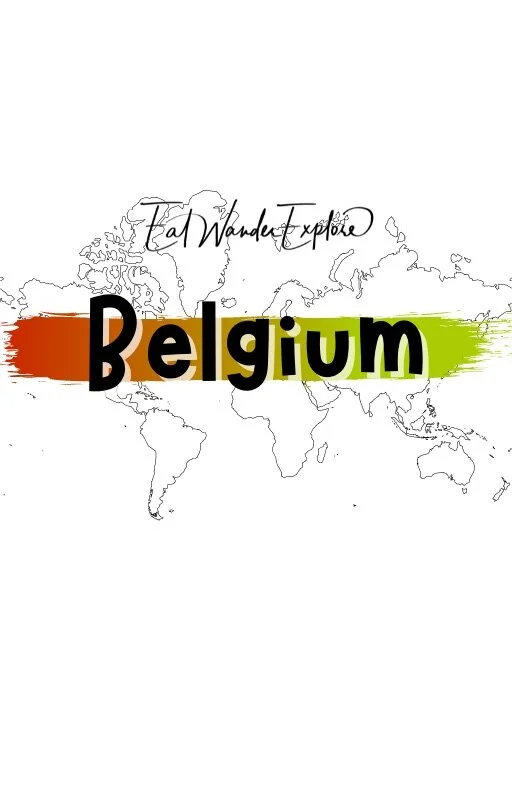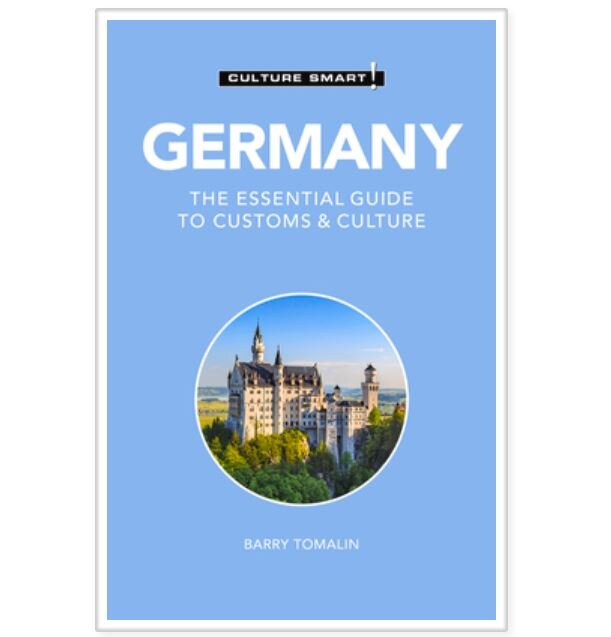München to Neuschwanstein Castle and Rothenburg ob der Tauber
Please note: This post may contain affiliate links. See our disclosure to learn more.
Destinations > Europe > Germany > München to Neuschwanstein Castle and Rothenburg ob der Tauber
Bavaria - Germany’s Southeastern State
Bavaria, the largest German state, is known for its unique medieval architecture and impressive natural treasures that look straight out of a fairytale storybook! You'll likely start out in Munich (“München” in German), which is Bavaria’s largest city.
Here you'll learn how to get from München to Neuschwanstein Castle or from München to Rothenburg ob der Tauber, two of the most fairytale-looking places in Bavaria.
Take Rothenburg ob der Tauber for an example. Founded in 1274 as an imperial city, this quaint village was once a walled medieval town filled with barns and timbered cottages. Today, the old village has become Germany’s best-preserved walled town that attracts around 2.5 million travelers every year.
Additionally there is the well renowned village of Schwangau, in southwestern Bavaria along the border of Austria, which is the location of Neuschwanstein Castle, part of the real-life inspiration for Disney’s Cinderella and Sleeping Beauty Castles. While Neuschwanstein was built for King Ludwig II in the 19th-century, his childhood home - and summer house of his father King Maximilian II of Bavaria - Hohenschwangau Castle also sits nearby on a smaller mountain top.
Both Rothenburg ob der Tauber and Neuschwanstein Castle are worth visiting for their beauty, history, and charm. They are also close to other attractions, such as the Castle Hohenschwangau, the Church of the Wies, the Ettal Abbey, and the Linderhof Castle. You can easily spend a day or two in each destination and enjoy the best of Bavaria.
Aside from castles and medieval towns, Bavaria also appreciates music and theatres especially when the most influential composer of the 19th century, Richard Strauss was born here, in Munich! You can find a lot of renowned theatres and opera houses like the 18th century Cuvilliés Theatre and Margravial Opera House along with the world-famous festival, Oktoberfest in Bavaria (learn about Munich specifically by reading One Day in Munich: Marienplatz, Oktoberfest, Hofbräuhaus, the English Garden, and Falcor).
Below is our list of highlights from the Bavarian the villages of Rothenburg ob der Tauber and Schwangau. Enjoy!
Rothenburg ob der Tauber
Rothenburg ob der Tauber is a medieval town that looks like it came straight out of a fairy tale. It is famous for its well-preserved old town, surrounded by a wall and towers, and its charming half-timbered houses and cobblestone streets. It is also home to the German Christmas Museum, the Medieval Crime Museum, and the St. Jakob's Church, which houses a masterpiece of wood carving by Tilman Riemenschneider.
To get from München to Rothenburg ob der Tauber, you have several options. You can take a train, a bus, or a car. The fastest and easiest way is to take a train, which takes around 3 hours and 30 minutes, with one change in Nuremberg. The cheapest option is to take a bus, which costs around €11 - €17 and takes around 4 hours and 45 minutes, with one change in Nuremberg. Alternatively, you can drive by car, which takes around 2 hours and 10 minutes, and enjoy the scenic route along the E52 and E43 highways.
Rothenburg Burggarten
Starting in Rothenburg ob der Tauber, the Castle Garden is the perfect for a peaceful stroll on the western side of the village. This recreational area has a certain romantic atmosphere, especially at night as the castle gate will light up and the tranquility of the nearby town makes it even better.
Even though it is called the Castle Garden, the castle itself has long since been destroyed - with some claiming that it was destroyed by an earthquake in 1356! The stones of the ruins were then used to build the city walls that you see today. The garden features a historic collection of trees and a small baroque-style garden. You can also find four statues of the seasons accompanied by colorful flower beds. Additionally, the overlook here provides one of the most beautiful panoramas of Rothenburg valley!
St. James Church Rothenburg
St. Jakobskirche is the city’s only gothic church. This Lutheran church was originally built in the 14th century and was part of the pilgrimage route to Santiago de Compostela.
The construction of this stunning church took over 150 years to finish. It features two towers with a height of over 55 meters tall. Inside, you’ll see spectacular stained glass windows that tell biblical lore. St. Jakobskirche also houses the Altar of the Holy Blood and The Twelve Apostles Altar.
A small fee of €2.50 is charged to enter this church.
Röder Tower & Hotel Gasthof Rödertor
One of the historical landmarks that you can find in this old medieval town is the Röder Tower and Gate that were built in the 12th century. Back then, nightmen would be watching from the tower every night and were prepared to give a signal if there were any danger. Today, it has become a famous tourist attraction which you can climb for an amazing view of the village of Rothenburg.
In front of the tower is a big gate which features twin huts with pointed roofs. Close to that gate is Hotel Gasthof Rödertor, a guesthouse that offers comfortable rooms. They have a very quiet atmosphere perfect for relaxing and each of its rooms is equipped with a modern look.
We recommend staying a night or two at Hotel Gasthof Rödertor as it is situated in one of the very best locations in Rothenburg ob der Tauber - on the eastern side near all the charming looking houses, the restaurants, and a majority of the other highlights - all within a 5-10 minute walk!
German Christmas Museum
If Christmas is one of your favorite festivities of the year, then the Christmas Museum Rothenburg is the perfect place for you to visit. At this museum, you’ll get to learn more about Christmas and its origin.
As you walk through this multi-level museum and store, you may find yourself lost in Christmas-land as you travel back in time and take a look at how Christmas was celebrated in Germany long ago while learning how they decorated their trees and homes through the centuries.
You’ll also get to see different kinds of traditional craftsmanship of German Christmas decors such as unique wood carvings and mouth-blown glasses. The German Christmas Museum also houses some unusual Christmas decorations that date back to the 19th and 20th century! The shop sells a wide variety of unique Christmas merchandise.
OUR STORY: While we were looking for a restaurant with friends, we noticed the Christmas Museum. Our friends were hungry, so their attention wasn’t diverted, but Jenny wandered into this museum and disappeared. I went in to look for her and realized it was a massive place and I thought I was never going to find her in there! It took about 10 minutes, but I finally caught up to her and diverted her back outside where one of our friends was pointing us toward the restaurant the others had already selected. Now, we are finally making our way back to Germany to experience their many Christmas Markets during the holiday season!
Gerlachschmiede
Also located in the walled medieval town is this half-timbered house with a triangular gable known as Gerlachschmiede, “the Old Forge”.
This old house was first built in 1469 and was destroyed by a bombing raid in March 1945. Luckily, two years after its unfortunate destruction, it was fully rebuilt to perfection. The house then became a home and workplace to a blacksmith that made horseshoes until 1967.
The house has become a iconic photography spot in Rothenburg due to its unique timber architecture. You’ll also notice the coat of arms between the windows that is said to be made by the legendary blacksmith, Georg Gerlach!
You will come across this spot while walking around the City Wall.
Plönlein & Kobolzeller Tor
Just a few metres away from the Market Square in Rothenburg is the Siebers Tower, also known as the Siebersturm, that was built in 1385. A couple of steps from the tower, you can find the magnificent Kobolzeller Tor, a gate that also dates back to the 14th century.
Between these two landmarks is a small triangular square called Plönlein - which is known to be the best photographic spot in Germany! Thus, you will likely have a difficult time trying to get a shot without large amounts of people - we clearly only did our research here AFTER we realized this.
Consider using a camera that has a very long-exposure to get a clean picture. Here are a few of the best options: 1. Sony A7RIII, 2. Canon EOS M200, 3. Nikon Z 50, 4. Sony Alpha a6400, 5. Nikon Z 6.
#FunFact: The Disney animated film Pinocchio was inspired from this very location!
Rothenburg Market Square & Markus Tower
Rothenburg Market Square, known as the Rothenburg Marktplatz, is where you’ll find Town Hall - with a 50-metre tower built in the 13th century, a museum, the Ratstrinkstube - a historical landmark and the current visitors center, a number of cafes, a restaurant, gift shops, and the Christmas Museum & Shop. Additionally, the Renaissance buildings and timber-framed façades will definitely give you a romantic and peaceful atmosphere. On the east side of the square is where you can find a variety of cafes to relax.
The Markus Tower, known locally as “Markusturm,” was built around the 12th century along with the first construction of the city wall. The tower is also believed to be the oldest remnants of the Bavarian Town! Right under the tower spire, you can find a huge square clock. Under the tower is a curved archway that connects two sides of the narrow streets. Behind the tower is the Buttelhaus that once served as a prison until the 18th century.
St. George Fountain - Georgsbrunnen
Located on the southside of Rothenburg’s Marktplatz is Georgsbrunnen - a fountain of St. George on horseback slaying a dragon.
The St. George fountain was built in 1608 and has been in operation for more than 400 years. There is a water tank built under the fountain that holds up to 100,000 liters of water which is useful for the fire protection work of the city.
Combined with the colorful timber buildings as the background, this spot sure does look like a fairytale land!
#FunFact: Disney got inspiration from this fountain when building its Germany Pavilion at Disney’s EPCOT theme park in Orlando, Florida! Learn more about what inspired the country pavilions at EPCOT in this article.
Rothenburg Wall Walk
One of the best ways to get stunning views of this old medieval city is by following the sentry walk on the city wall. The entrance is free and it is open all year round!
Built in 1142, the stone walls were originally constructed to protect the city’s trading center and the royal castle. The Rothenburg wall walk is about 2 miles long and offers a breathtaking overlook of the medieval town center, colorful half-timbered buildings, towers, and the peaceful countryside.
Schwangau
München to Neuschwanstein Castle:
Neuschwanstein Castle is one of the most iconic and impressive castles in the world. It was built by King Ludwig II in the 19th century as a homage to the composer Richard Wagner and as a retreat from the public eye. It is perched on a hill above the village of Schwangau, overlooking the Alps and the lakes. It is also the inspiration for the Sleeping Beauty Castle in Disneyland.
To get from München to Neuschwanstein Castle, you can also choose between a train, a bus, or a car. The fastest and most convenient way is to take a bus, which takes around 2 hours and 20 minutes and costs around €11 - €17. The bus will drop you off at Schwangau, where you can take a shuttle bus, a horse carriage, or walk to the castle. The most scenic way is to take a train, which takes around 2 hours and 50 minutes, with one change in Buchloe. The train will take you to Füssen, where you can take a bus to Schwangau. Alternatively, you can drive by car, which takes around 1 hour and 40 minutes, and follow the B2 and B17 roads.
Schloss Neuschwanstein
Schloss Neuschwanstein is a 19th-century castle built on a rugged hill in the southwest area of Bavaria, Germany. It is also the most famous castle in Europe and was built by King Ludwig II of Bavaria, whose extravagance was used against him to declare him insane, but is now known as the “Fairytale King”.
Originally, the castle was intended as a home for the king as well as to honor Richard Wagner, one of the world’s most influential composers - best known for his operas. Some said that it was also built by the young king to picture his imagined kingdom after his huge defeat with Prussia just two years after his coronation.
To gain entry to this magnificent castle, you are required to book a guided tour. You can purchase Neuschwanstein Castle tickets in advance and pick them up at the ticket counter when you arrive. With the tour, you will be led around the castle grounds and will be able to admire its beautiful interior and pretend you’re in a fairytale kingdom - there’s even a very fairytale-like room inside! Sadly, photos are not permitted on the tour, so you can only take photos outside of the castle.
#FunFact: Disney’s Sleeping Beauty Castle and Cinderella Castle were both partially inspired by Neuschwanstein Castle!
Hohenschwangau Castle
This castle is located in the German village of Hohenschwangau in Bavaria. It was built in 1832 by King Maximilian II of Bavaria, the father of King Ludwig II.
After completion, the castle became a summer residence for the royal family - and it is also the place where King Ludwig II spent most of his childhood. Just like Neuschwanstein, a guided Hohenschwangau castle tour is required to gain entry. Feel free to purchase the Hohenschwangau Castle tickets beforehand if you wish to avoid the long lines.
Inside, you can find the stunning Hall of Heroes and Knights which is the biggest room in the castle. The queen’s room is mostly decorated in an oriental style and the King’s chamber is painted with themes from the poem “Jerusalem Delivered” by Torquato Tasso.
Do keep in mind that no photography is allowed in this castle either.
Marienbrücke Bridge - Marie’s Bridge
Marienbrücke is located right behind Neuschwanstein Castle and was commissioned by King Maximilian II. It is named after Queen Marie and is a wooden bridge that crosses over the Pöllat Gorge. There is a walking path from the castle that you can take to reach the bridge.
The bridge went through much construction and restoration until it was proven to be sturdy enough for people to walk on. The 35-meter long bridge is now accessible with a limited number of visitors at a time. Standing on the bridge will reward you with a jaw-dropping view of the fairytale castle surrounded by green trees and rolling hills, the same view that you see in the photo at the top of this article!
Additionally, you can continue walking down the trail to get to the other iconic angle of Neuschwanstein, although it is quite a bit farther.
If you want the absolute best views of the castles, there is no better way than to take a private helicopter flight around them!
Alpsee Lake
Alpsee Lake is visible from the walking path behind Hohenschwangau castle. You are also able to see this 62 meter deep lake from Neuschwanstein Castle. Both views are absolutely stunning and the lake itself is within walking distance from the castles if you’re looking to experience what the life of royalty was like in the age of King Ludwig II.
Starting your passage through time, head down to the lake to see the many wild swans. As the story goes, Queen Marie would always take both of her princes, Otto and Ludwig II to the lake to feed the swans. Interestingly, the name of the village that Alpsee lake, and the castles, are located in is now called “Hohenschwangau,” which actually means “The High District of the Swan.”
Next, consider taking one of the boats - that are available for rent - out onto the lake to relax and take in the scenery of this still very natural environment. Then, take a stroll on the walking path around the lake to walk through the trees. If you’re really up for a challenge, check out some of the several hiking trails around the area as well!
Hilt(e)bolt von Schwangau looking towards Neuschwanstein Castle
Neuschwanstein Tourist Info & Hiltebolt Brunnen
You can head to the Neuschwanstein Castle Tourist Information for more information about the castles and the area as well, or just visit their website. To gain entry to both of the castles, you’ll have to book a guided tour. However, the lines at the counter tend to be super long, so it is highly recommended to purchase the tickets online and pick them up at the counter. If you’re heading out here in July or August, be sure to arrive very early as the information center will definitely be packed with tourists.
Also, don’t forget to drop by the small stone fountain near the Neuschwanstein Tourist Information Center, called the Fountain of Hiltbolt Brunnen (although the calligraphic spelling makes it appear as “Hiltepold” on the statue), named after Hilt(e)bolt von Schwangau - a minstrel of the 13th century. While the statue states 1192-1260 as the dates for Hiltbolt’s life, it was customary in the von Schwangau family to pass the name Hiltbolt on to their descendants, so his exact age has since passed into lure and speculation. The von Schwangau family was a clan of ministerials and had a seat at Hohenschwangau Castle.
Hiking near Neuschwanstein Castle - Neuschwanstein Castle Hike
Another way to get the best out of your trip to Germany is by hiking near Neuschwanstein Castle. This way, you’ll get a chance to enjoy mother nature and avoid the crowds as none of the tours out to this area allow enough time to go hiking.
The journey will take you through the serene forests, stunning alpine lakes, river Pöllat and amazing waterfalls. Of course, you’ll also be rewarded with a jaw-dropping view of the fairytale castle sitting on the hill!
There are several trails available for the Neuschwanstein Castle hike ranging from various difficulties. One of them is the Neuschwanstein Loop where you’ll get an opportunity to see the Pöllatschlucht - or the Pöllat River Canyon - on your way. This trail will also bring you to Marienbrücke that offers a few other great views of Neuschwanstein and ends in the town of Hohenschwangau. This 5-kilometer trail has an elevation of 230 meters and - if you’re planning to stop for photos - could take up to 3 hours to complete.
Must See Places in Bavaria
Germany definitely has a lot to offer especially to those who love history, culture, and even fairytales! You can wander around 12th-century castles, visit museums, quaint villages, enjoy a nature hike, or even join Oktoberfest (if you happen to be there in mid-September!). Rothenburg ob der Tauber and Schwangau are just two amazing day trips from Munich!
We recommend MAKING A SEPARATE DAY TRIP FOR EACH OF THESE PLACES:
Rothenburg ob der Tauber
It is easiest to simply take a day-trip to Rothenburg from either Frankfurt or Munich.
Rothenburg isn’t a seriously large village, so it should be easy enough for you to wander around and see everything on your own. However, if you’re interested in the history, the secrets, the stories, and the lure that make Rothenburg so interesting - then you’ll need to get an Old Town Private Tour. Lets just say that while the beauty of Rothenburg is enough to make you remember the city forever, it becomes something else completely when you add in all of the history - completely worth it!
If you are staying overnight in the village, you should definitely add on the Night Watchman Tour for an experience you’ll never forget!
Schwangau
It is easy enough to take a day trip out here from Munich, and skip the lines to give yourself more time.
However, if you want to go hiking or take a private helicopter around the castles, you'll need to drive out on your own.
FAQ’s
How can I get to Bavaria from other parts of Germany or Europe?
Bavaria is well-connected by train, bus, and air to other major cities in Germany and Europe. You can use the Deutsche Bahn website to find train schedules and fares, or the Flixbus website to book bus tickets. If you prefer to fly, you can check the Munich Airport or the Nuremberg Airport for flight options and destinations.
What are some of the best places to stay in Bavaria for different budgets and preferences?
Bavaria offers a variety of accommodation options, from luxury hotels and castles, to cozy guesthouses and hostels, to camping and glamping sites. You can use Booking.com or Airbnb to find and compare different places to stay in Bavaria, depending on your location, budget, and style.
What are some of the traditional dishes and drinks that I should try in Bavaria?
Bavaria is famous for its hearty and delicious cuisine, which includes dishes such as Weisswurst (white sausage), Schweinshaxe (roasted pork knuckle), Käsespätzle (cheese noodles), and Apfelstrudel (apple strudel). You should also try the local beer, which is brewed according to the Reinheitsgebot (German purity law), and the Glühwein (mulled wine), which is especially popular during the winter and Christmas markets.
(2) Bavaria - Wikipedia. https://en.wikipedia.org/wiki/Bavaria.
(3) Bavaria | History, People, Map, Beer, & Facts | Britannica. https://www.britannica.com/place/Bavaria.
(4) Top 10 Things to Do in Bavaria, Germany - TripSavvy. https://www.tripsavvy.com/top-things-to-do-in-bavaria-1519881.
Thank you VERY much for reading our article. We actually created this website to help people reach financial independence. Did you know that by having a remote job and traveling endlessly, or living in a country that has low costs of living, you can actually reach retirement quicker? Plus, retirement abroad is up to 75 percent cheaper as well! Learn more by exploring our website: EatWanderExplore and REmotiFIRE.
See our Thank You page to sign up for our free weekly newsletter - you’ll receive only 1 email per week letting you know about our latest travel articles, remote-work life, and amazingly affordable destinations!
Found this post useful? Buy us a coffee to help support this site’s running costs OR share this article with a friend.
Culture Smart: Germany
The traditional attitudes of formality and rigid protocol in business are softening as German traditional values and working methods are adapting to take advantage of a new multinational, multicultural era. This Customs and Culture guide will catch you up on everything you need to know about Germany today!



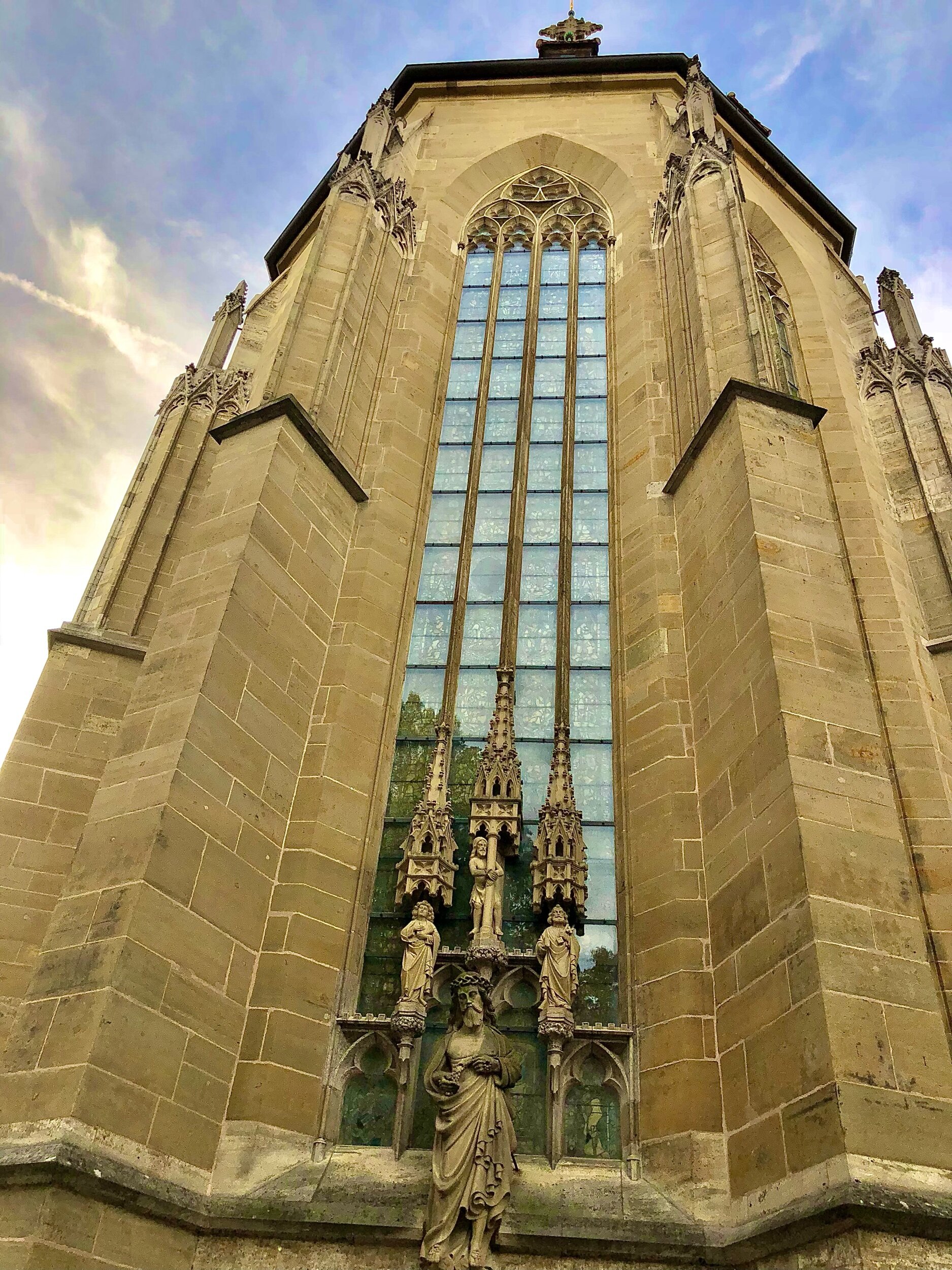

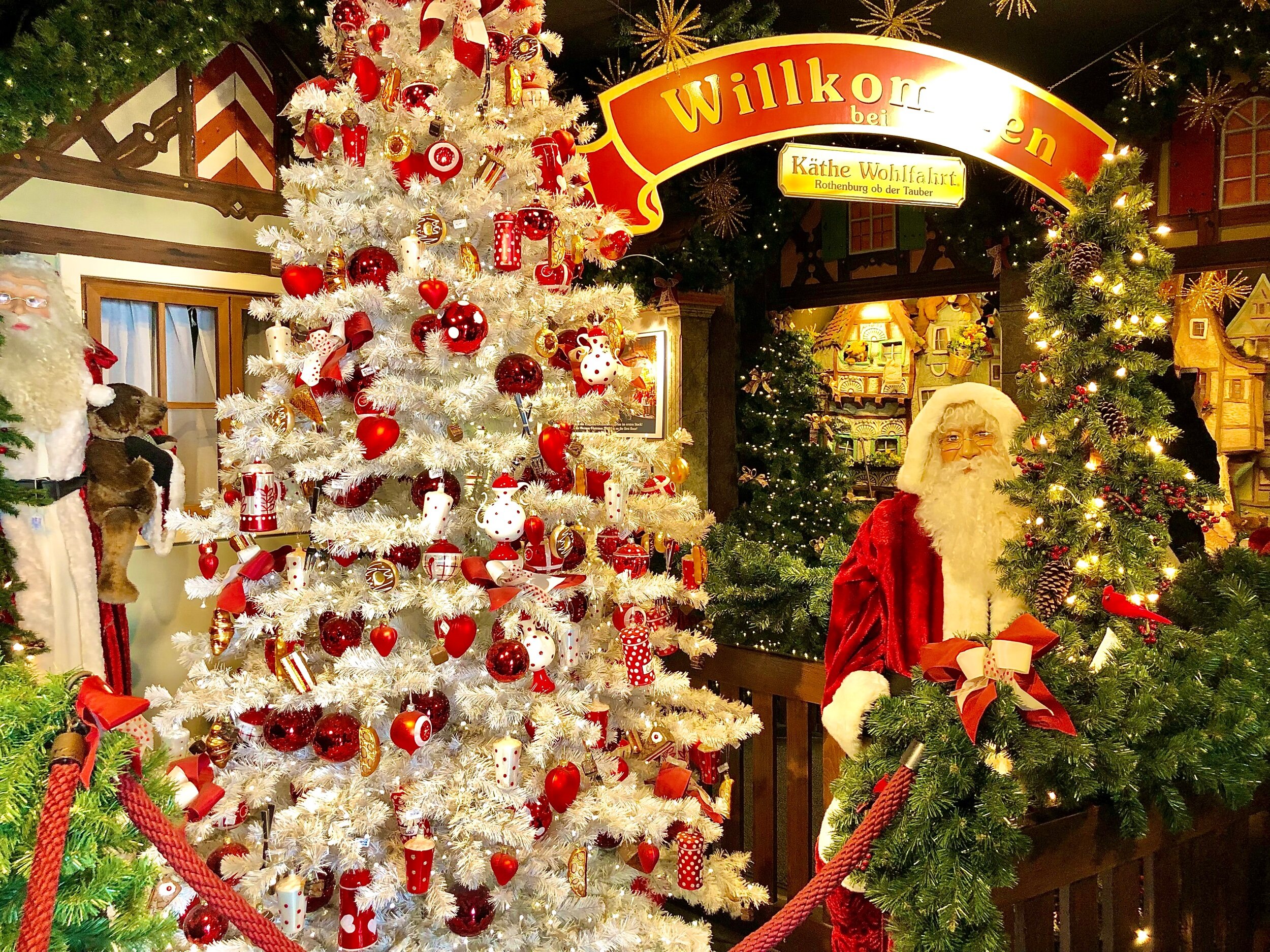



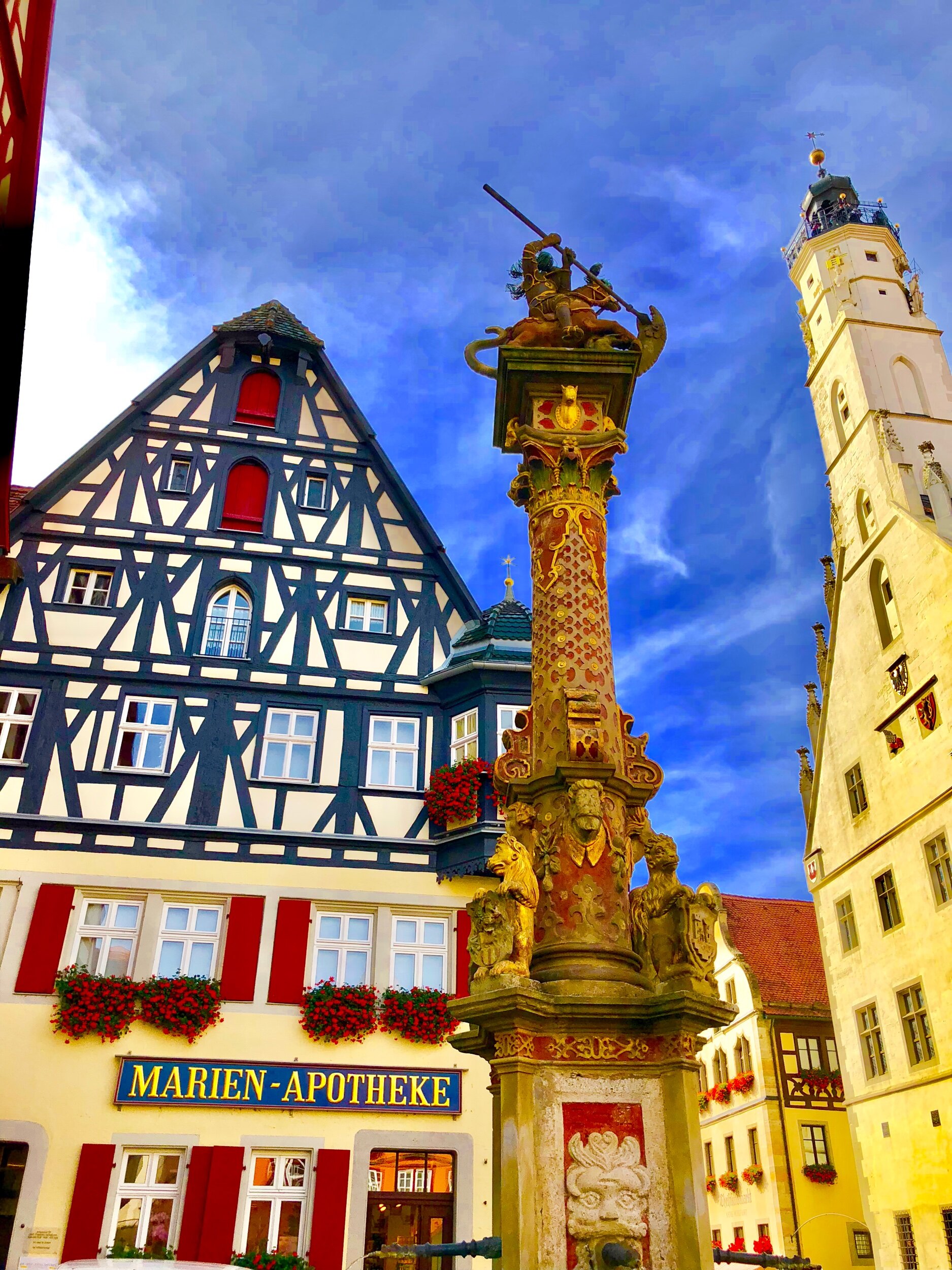
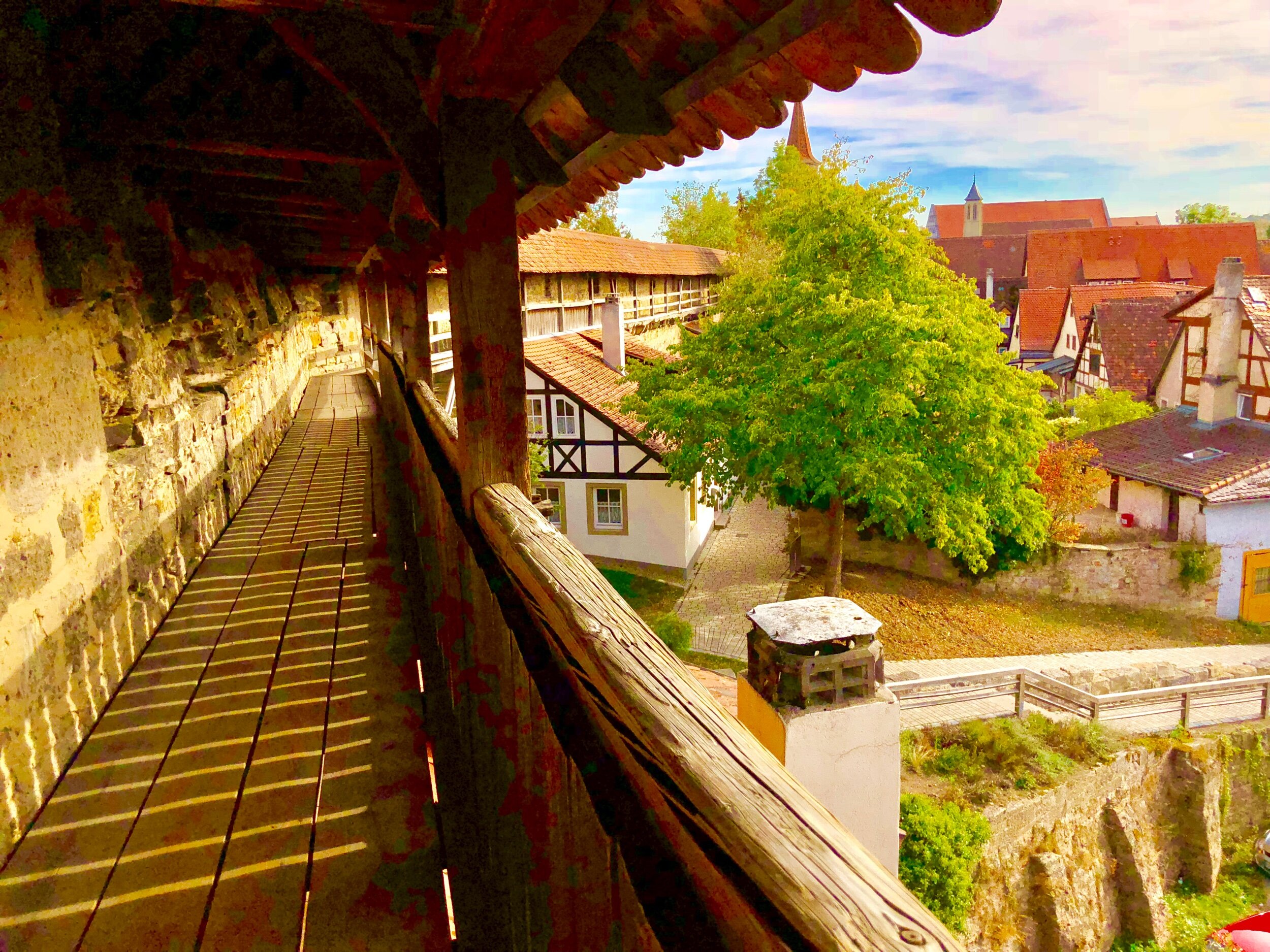
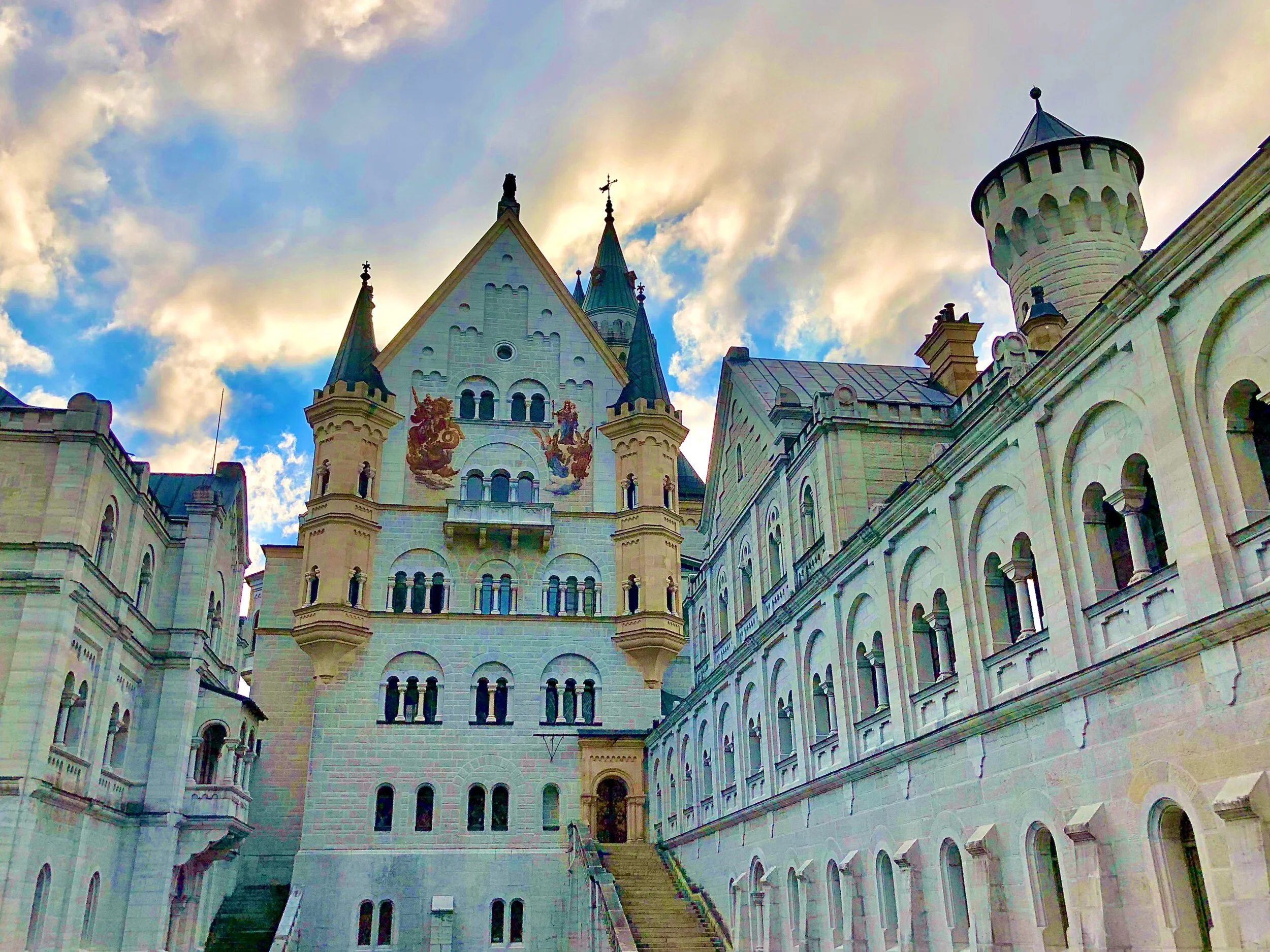

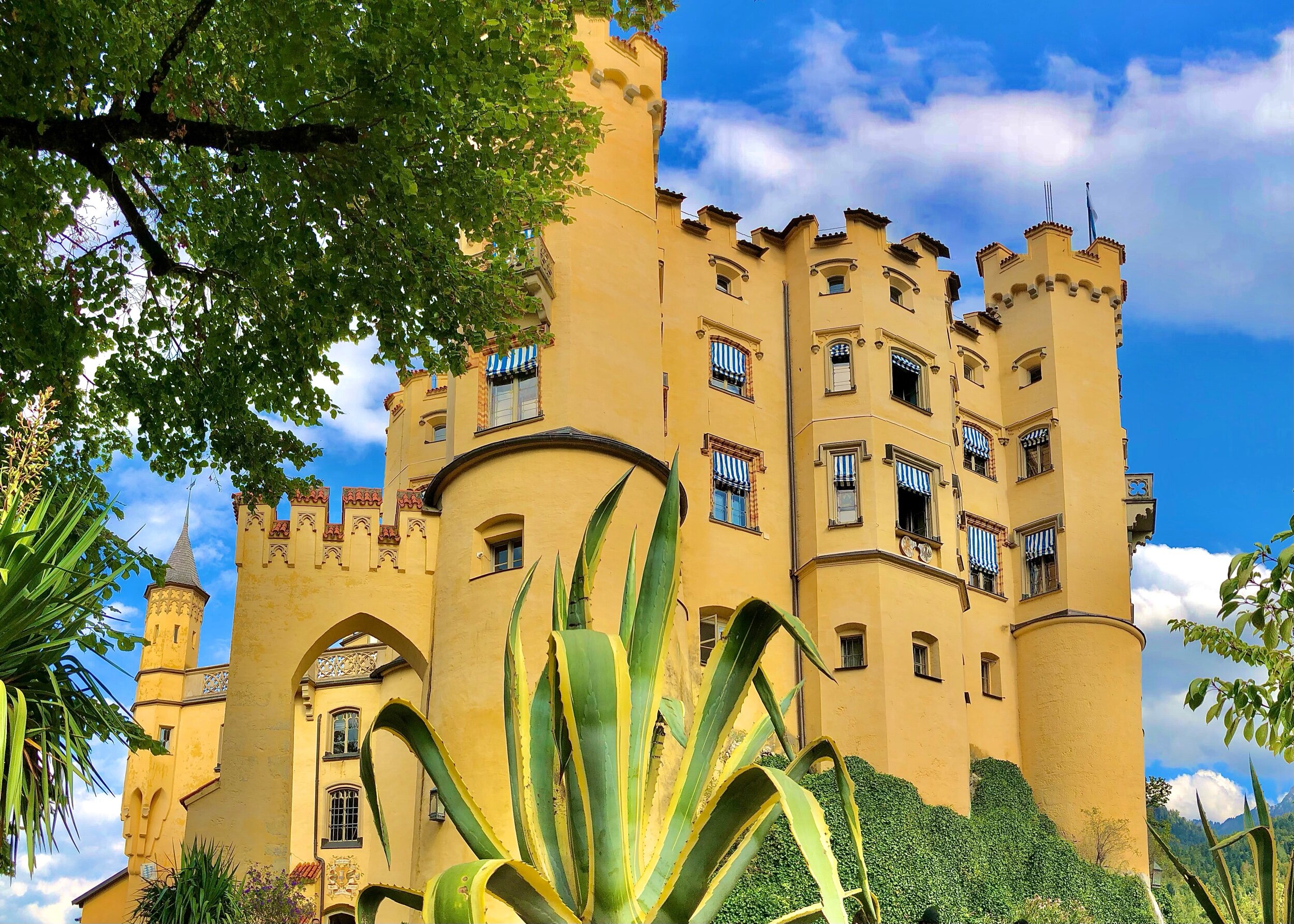

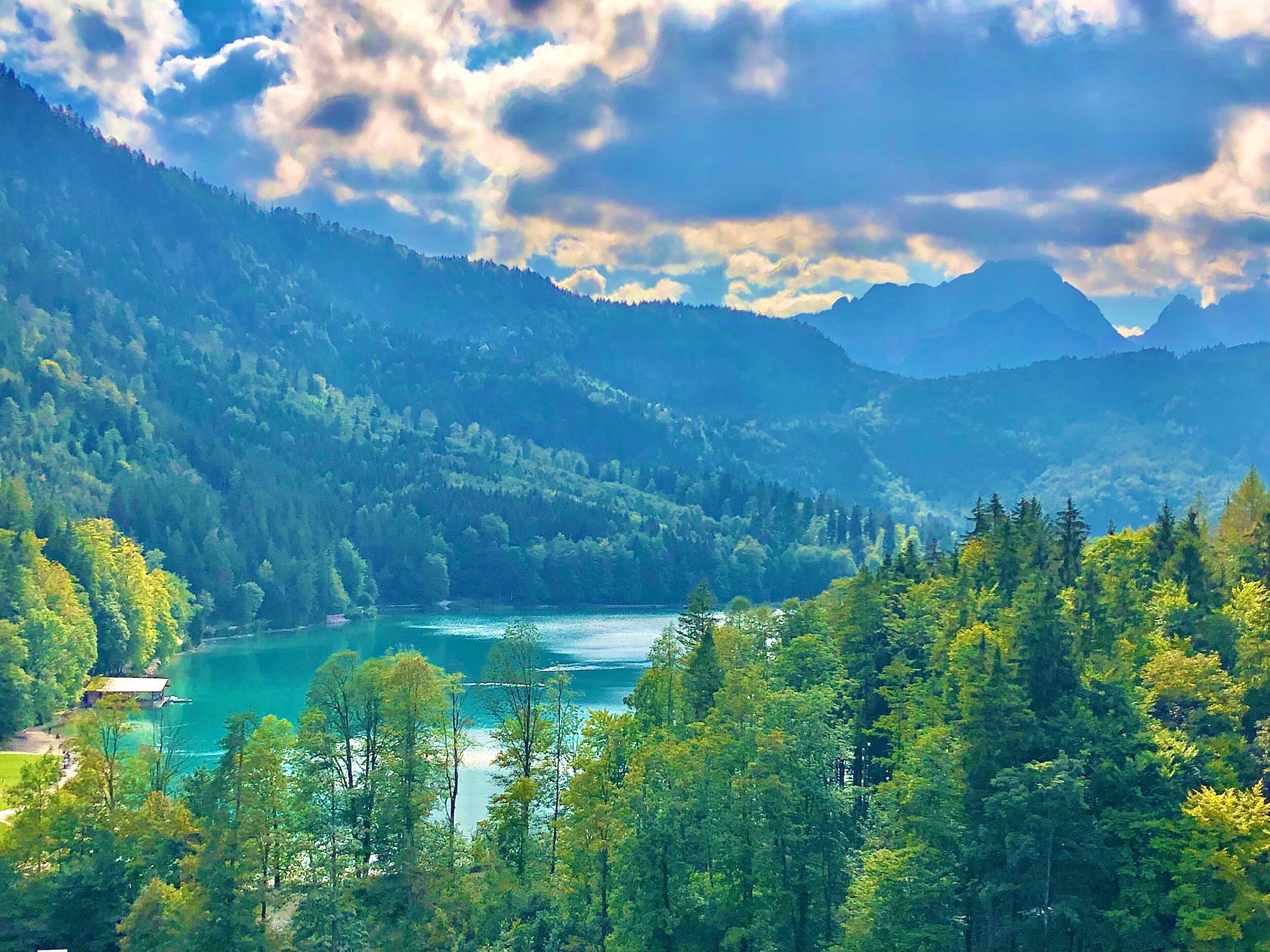
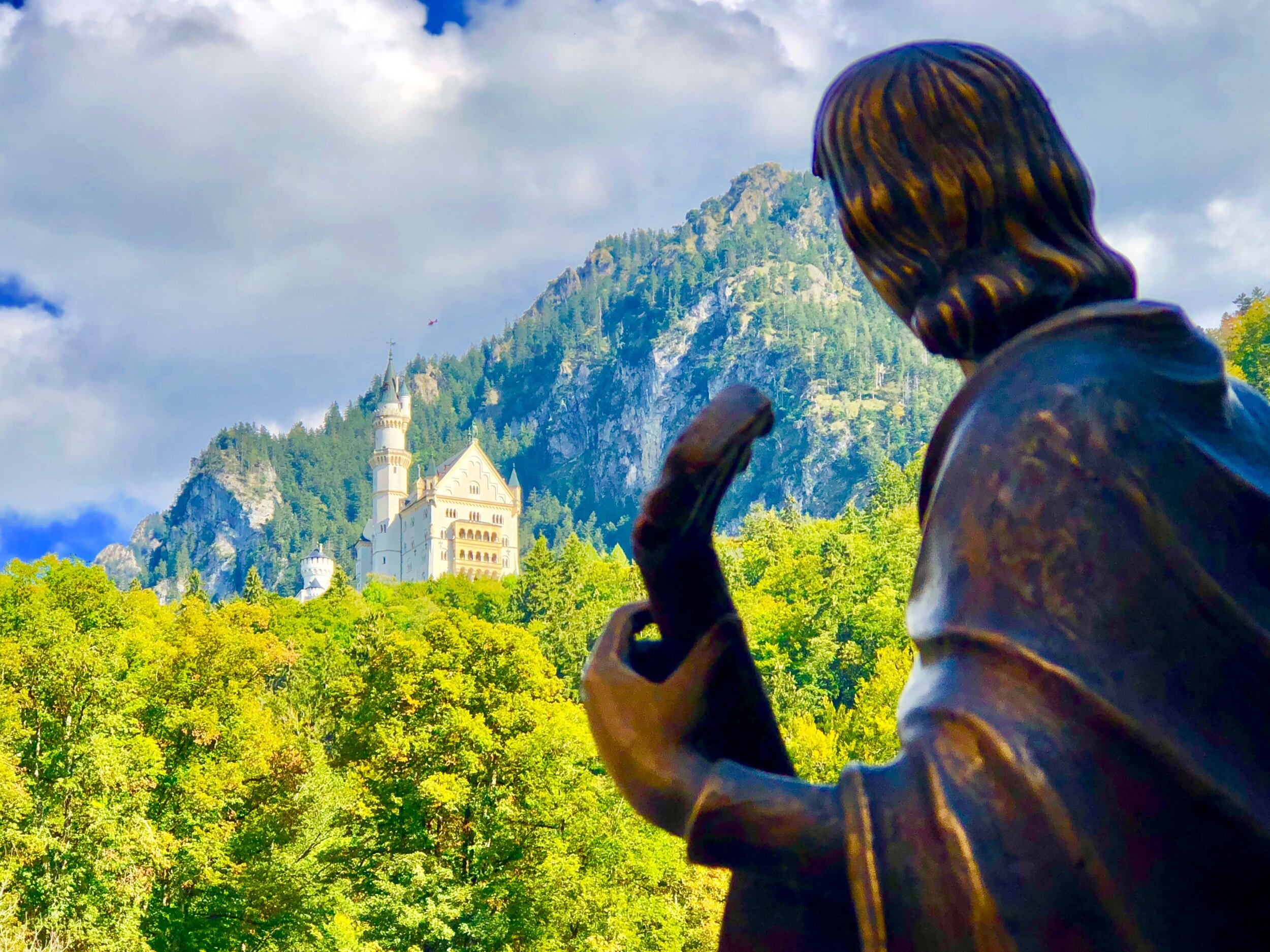


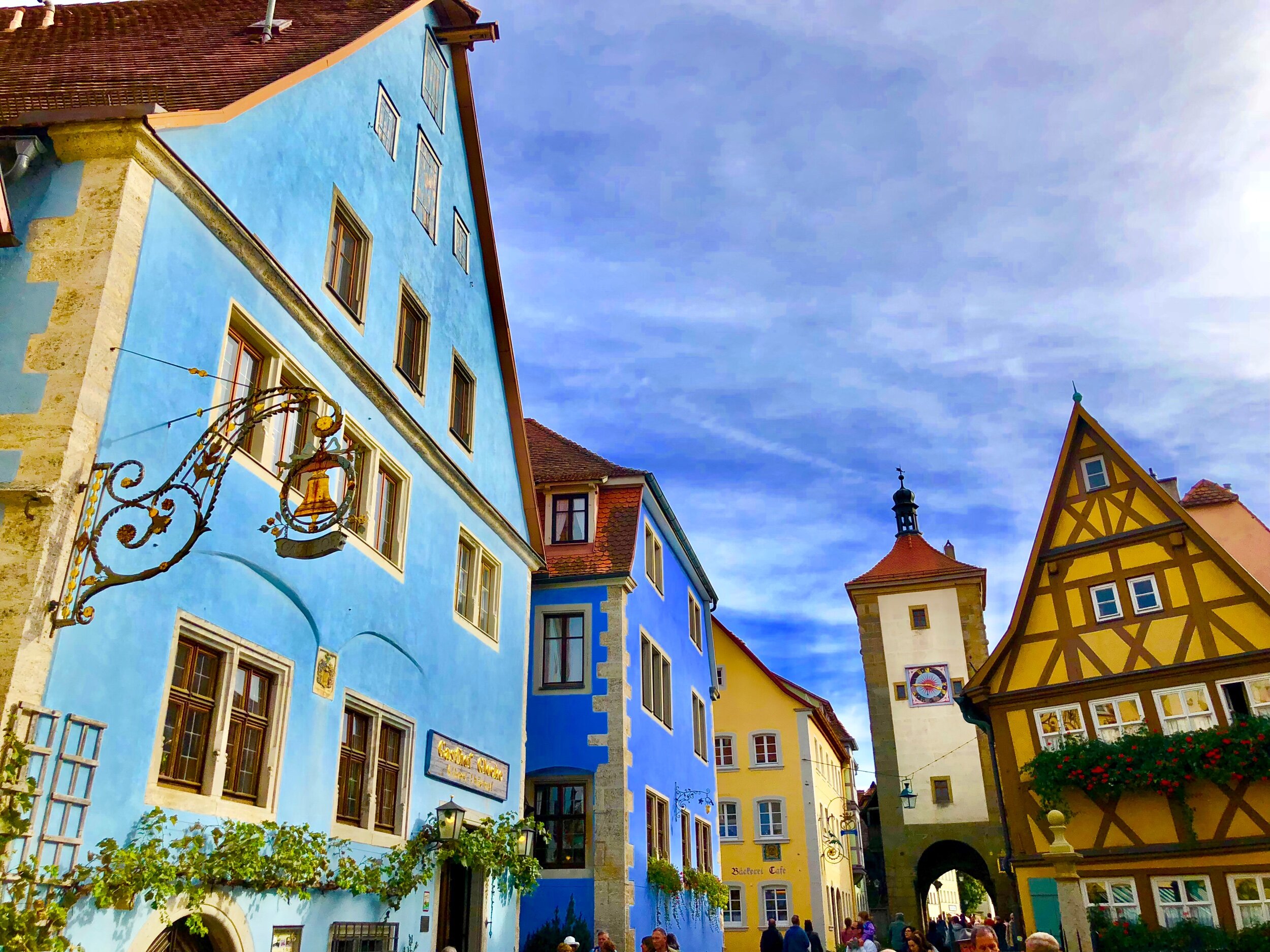





![Tech Elevator Demystified: Reviews, Legitimacy, and Winning Alternatives [2024]](https://images.squarespace-cdn.com/content/v1/5a028c7bbce1766d207a8a6f/1707008329038-96GH4TTYZATP6N3WDWXR/tech_elevator.png)
![Cracking the Code: Coding Dojo Reviews, Legitimacy Check, and Top Alternatives [2024]](https://images.squarespace-cdn.com/content/v1/5a028c7bbce1766d207a8a6f/1707007756149-VSJNN2PHHX2RWK6RSVQM/coding_dojo.png)
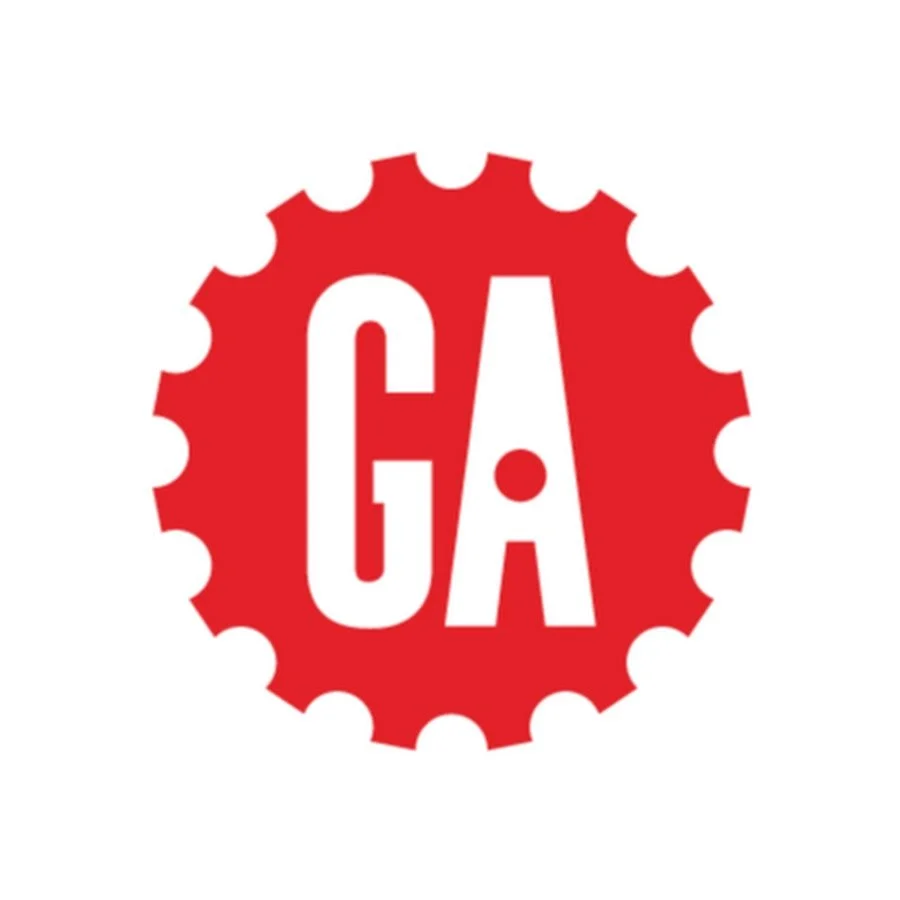

![App Academy Unveiled: Reviews, Legitimacy Check, and Top Alternatives [2024]](https://images.squarespace-cdn.com/content/v1/5a028c7bbce1766d207a8a6f/1707008090320-IUIIV4T416FP5ILRGK5W/app_academy.png)
![CareerFoundry Decoded: Reviews, Legitimacy, and the Best Alternatives [2024]](https://images.squarespace-cdn.com/content/v1/5a028c7bbce1766d207a8a6f/1707008030234-CZTE1805JUCU2M2GK7RO/careerfoundry.png)


